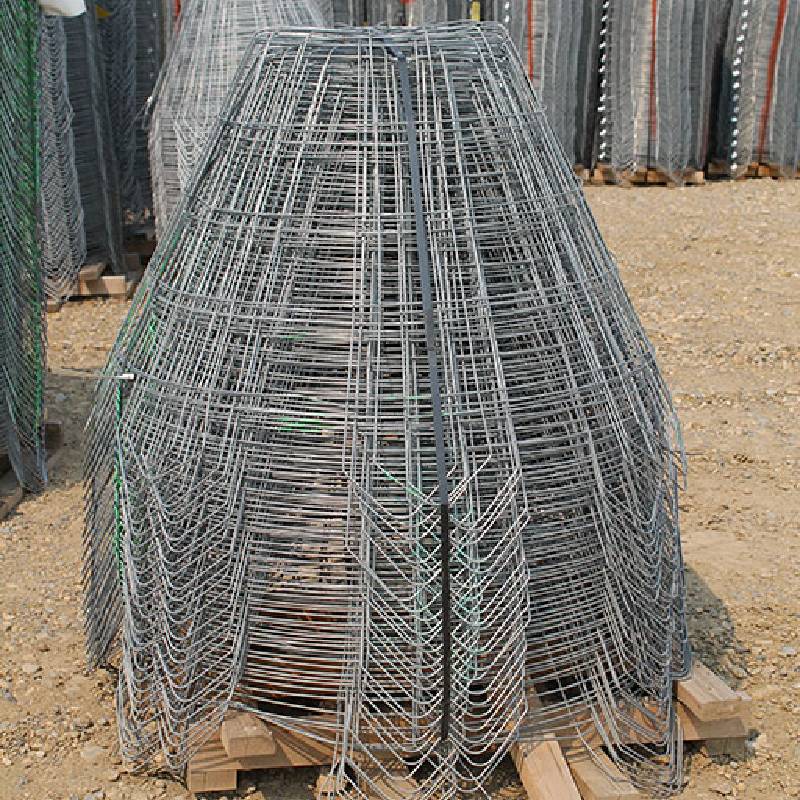
- Mobile Phone
- +8613931874955
- sales@cntcmetal.com
axial torsion spring
Understanding Axial Torsion Springs Mechanics and Applications
Axial torsion springs are essential components in various engineering and mechanical applications that leverage the property of torsion to store and release energy. Unlike traditional torsion springs, which operate in a radial manner, axial torsion springs are designed to twist about their axis. This unique configuration allows them to provide effective rotational force in a compact form factor, making them invaluable in diverse industries ranging from automotive to consumer electronics.
Mechanism of Action
The primary function of an axial torsion spring is to resist angular deformation and store potential energy when twisted. When a torque is applied to the spring, it deforms, and as soon as the torque is removed, the spring returns to its original shape, releasing the stored energy. The spring constant, or the measure of the spring's stiffness, plays a crucial role in determining the amount of torque produced for a given angle of twist.
These springs are typically made from high-tensile materials such as stainless steel or music wire, which offer durability and the ability to withstand repetitive loading cycles without failing. The manufacturing process often involves cold coiling, which enhances the material properties and increases the spring's fatigue life.
Applications in Various Industries
Axial torsion springs are utilized in a wide range of applications. In the automotive sector, they are commonly found in mechanisms that require constant rotational force, such as latches, hinges, and valves. Their compact design allows for efficient use of space, making them ideal for modern vehicle assemblies where maximizing space is crucial.
In consumer electronics, axial torsion springs are integral to devices like retractable pens and various types of small appliances. They provide the necessary force to retract or extend components smoothly and reliably, enhancing user experience. Even in medical devices, axial torsion springs can be seen in some surgical instruments and equipment, where precise movement and reliability are paramount.
axial torsion spring

Advantages of Axial Torsion Springs
One of the significant advantages of axial torsion springs is their ability to provide consistent torque over a wide range of angles. This makes them particularly effective in applications requiring gradual strength and energy release. Additionally, their design allows for a high degree of customization in terms of size, shape, and material, enabling engineers to tailor them for specific applications.
Another advantage is their inherent simplicity. With fewer moving parts compared to other mechanical systems, axial torsion springs contribute to the overall reliability and maintenance-free operation of devices. Their straightforward design also typically results in lower production costs, making them an economical solution for manufacturers.
Challenges and Considerations
Despite their advantages, designing and implementing axial torsion springs is not without challenges. One issue is ensuring that the spring can endure the required number of cycles without experiencing material fatigue, which can lead to failure. Engineers must carefully calculate the spring constant and select appropriate materials to meet the demands of their specific application.
Moreover, the integration of axial torsion springs into complex systems requires meticulous attention to detail to ensure that they perform optimally within the mechanical assembly. Factors such as installation orientation and the presence of other moving parts can significantly affect their efficiency.
Conclusion
In conclusion, axial torsion springs are versatile and indispensable components in various engineering fields. Their ability to provide reliable torque and compact design enables innovation across many applications. As technology continues to evolve, the demand for specialized axial torsion springs will likely expand, driving further research and development within this fascinating area of mechanical engineering. Understanding their mechanics and applications can lead to more efficient designs and advancements in product functionality across industries.
share:
-
Wall Ties for Concrete: Invisible Guardians of Building Structural StabilityNewsAug.08,2025
-
Timber Frame Wall Ties: Stable Bonds for Load TransmissionNewsAug.08,2025
-
Stainless Steel Woven Wire Mesh: A versatile material from boundary protection to functional supportNewsAug.08,2025
-
Powder Coat Coil Springs: Creating peace of mind and reliability with sturdy protectionNewsAug.08,2025
-
Floor Standing Sign Holder: A Powerful Assistant for Flexible DisplayNewsAug.08,2025
-
Binding Iron Wire: An Invisible Bond for Building StabilityNewsAug.08,2025
-
Yard Sign Stakes: Reliable Guardians of Outdoor SignsNewsAug.04,2025



















